Flexi and Isotank
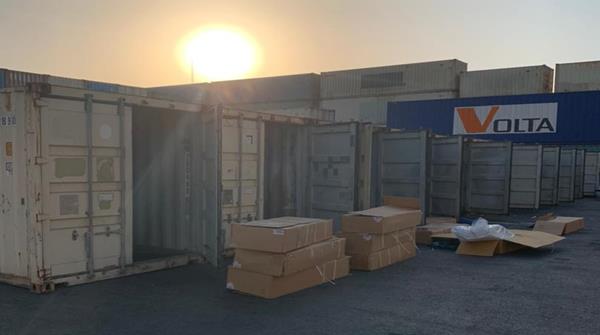
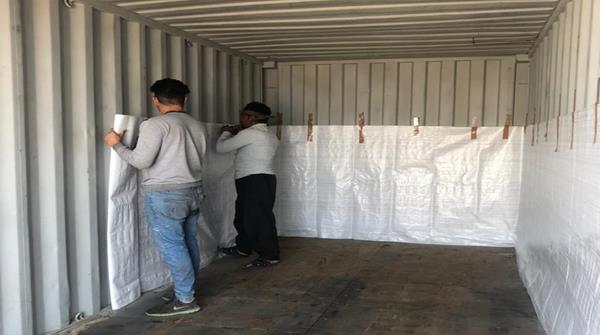
Flexi and iso-tank
A flexi bag (or flexi tank) is a kind of sturdy, thick bag used to carry containers of non-corrosive and non-hazardous liquids. The minimum and maximum tolerable temperatures of Flexi Tanks are -50 and +70 degrees Celsius, respectively.
Flexi tank types
Based on the number of discharge and loading valves and their locations, Flexi bags are divided into 3 categories:
1- Single-valve flexi tank: with loading and discharge valves from above
2- Single-valve flexi tank: with loading and discharge valves from below
3. Two-valves flexi tank: with loading and discharge valves from both above and below
Are flexi tanks washable and reusable? Depending on the type of Flexi Tank, they may be disposable or reusable.
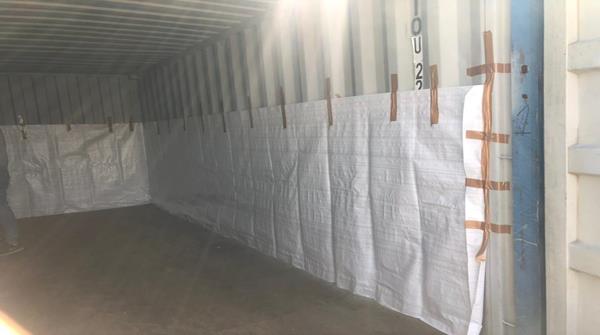
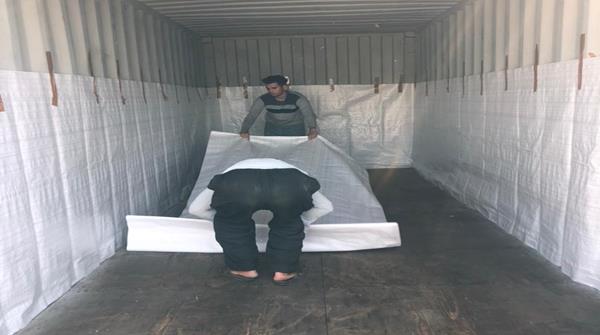
Flexi tank price
Pacific Company buys and sells flexi tanks and is also one of the sellers of flexi tanks. Our services include supply of Flexi Tank, shipping to port, loading on deck and marine shipping to the ports around the world. For information on the price of Flexi Tanks and its combined transportation (land transportation and sea transportation) in this section, enter your online price quote request so that our experts can respond to you as soon as possible.
Using years of experience in the field of Flexi Tank transportation, Pacific provides the best services with the most competitive price regarding flexi tank transportation. The company supplies 7-layer two-valves flexi tanks to carry the cargo of its customers.
Procurement of 7-layers two-valves flexi tanks in any number that the customer needs.
Installation and preparation of Flexi Bag on the bottom of the container
Sending the container ready for loading to the door of the warehouse or factory
Loading by expert personnel
Transporting the loaded container from the factory door to Bandar Abbas
Payment of THC fees and bill of lading
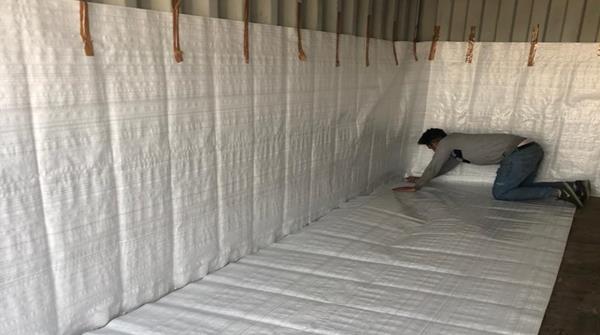
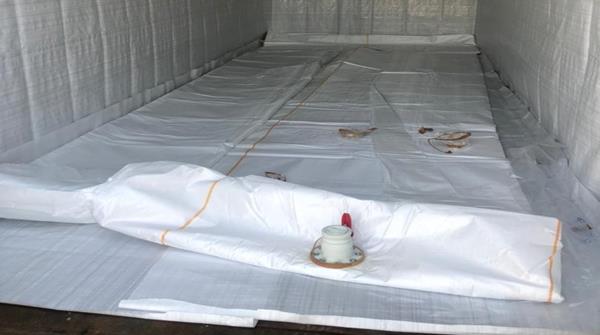
Low cost: Saving on shipping and cleaning costs
– Higher volume: Can accommodate up to 24000 liters of liquid cargo. Barrel weight is removed and an increased level of cargo volume can be transported.
– Saving in time and labor: Easier and faster work than carrying a barrel or drum.
– Environment: Use of degradable materials in Flexi Tanks.
What is a flexi tank?
A flexi tank is a type of bag that transforms a standard 20-foot container into an efficient carrier for bulk liquids. Standard flexi tanks are made of polyethylene and polypropylene, with capacities ranging between 16,000 to 24,000 liters. Flexi Tanks are used to carry a variety of liquids, food and petrochemical products. Flexi Tanks reduce the cost of transporting hazardous materials.
Given its long track of experience in the field of liquid transportation, and the fact that Pacific currently acts as a representative of 3 reputable flexi tank-producer companies in India, the company is ready to address all the need of businessmen and companies active in the area of import/export as well as other shipping companies.
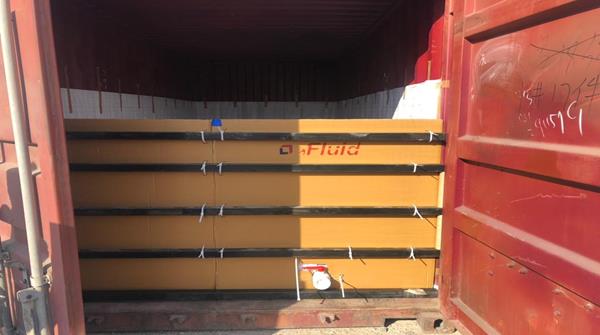
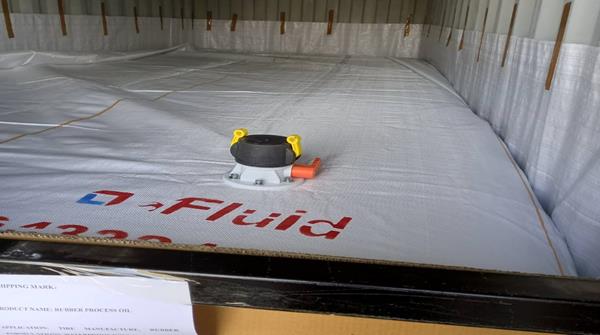
Advantages of flexi tanks made in India:
Quick and easy installation, without the need for any specialized knowledge.
Complete set of accessories compared to the competitors in the market.
Flexi tanks made in India are of 1 + 4 layer type, making them stronger in resistance compared to other flexi tanks available in the market.
Isotank is a type of steel tank container for marine transportation of liquids and gas, as bulk cargo. As a representative of the international shipping lines active in Iran, Pacific offers the best services for marine shipping of isotanks, with the most competitive price. The Pacific office in Bandar Abbas can ship the following type of cargo for its customers:
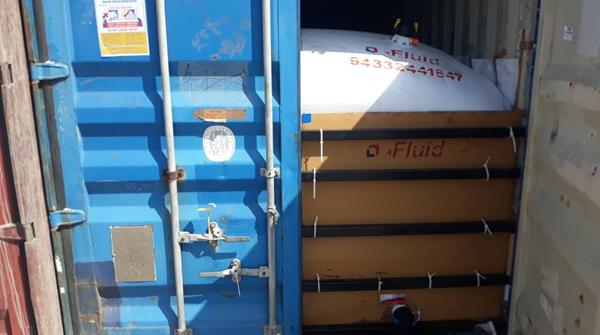
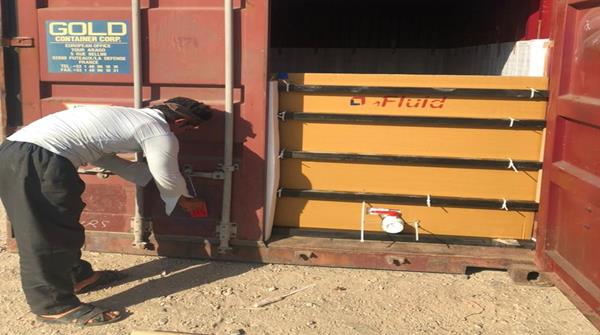
Transportation of dangerous petrochemical products and gases with isotanks
Transportation of white spread with isotanks
Transportation of base oil with isotanks
Transportation of hydrocarbons with isotanks
Transportation of RPB with isotanks
Transportation of RGO with isotanks
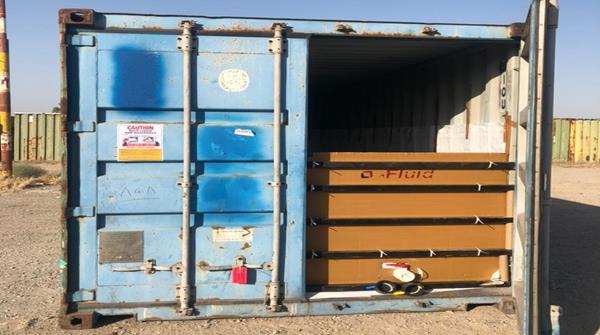
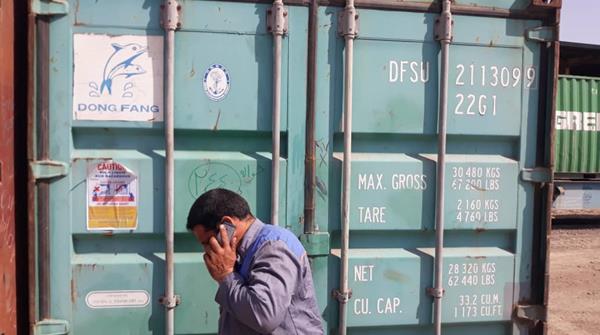
The load capacity of an isotank is up to 23000 kg; Nevertheless, the increase in cargo volume due to gas production during the shipment would limit the loading up to its available limit. Disregard of this fact may result in overflow of cargo from the isotank, which would then be discharged from the ship. Hence, it is necessary that the corresponding MSDS information of the cargo be sent to the shipping company in advance of the isotank loading, in order to act according to the procedures and inquire the loading capacity from the relevant experts.
How many cubic meters is the loading capacity of an isotank?
The density of the goods determines the volume of goods to be loaded into the isotank (iso tank volume).
Are the inside of the ISO tanks washed?
The concern of most customers is that the remnants of the previous cargo carried by isoank will affect their cargo and reduce its quality. For this reason, all isotanks are being washed prior to new loading (iso tank washing).


T1 isotank container: For marine transportation of light liquids
T4 isotank container: For marine transportation of non-hazardous oils
T11 isotank container: For marine transportation of non-hazardous chemicals
T14 isotank container: For marine transportation of hazardous chemicals and acids; such as Hydrogen chloride (HCL) or Zinc chloride (ZnCl2)
T50 isotank container: For marine transportation of LPG and ammonia gas
T75 isotank container: For marine transportation of cryogenic liquid
Rubber-lined isotank container: For marine transportation of acid-based chemical


The structure of the isotanks is a combination of a container and a tank, in such a way that it resembles a 20-foot container from the outside, but its loading/discharge is of a tank type.
Transportation of liquids is attainable in three ways:
1- Using a barrel and shipping by container in a container ship
2- Transporting in bulk and with bulk tanker ship
3- Transporting with an isotank in a container ship
Transportation of gases is possible in two ways:
1- Transporting with an isotank in a container ship
2- Transporting in bulk and with bulk tanker ship
Special conditions applied to marine transportation by tanker ships, including special facilities to load, discharge or store liquids in bulk volume, which is often not available in every port. As such, it it more convenient as well as economical to use isotanks to transport bulk liquids.
